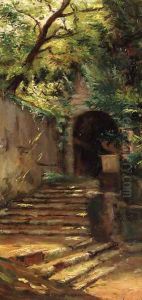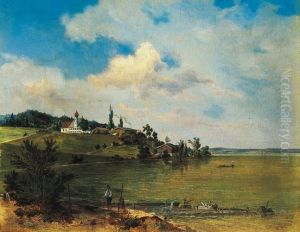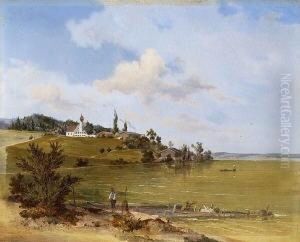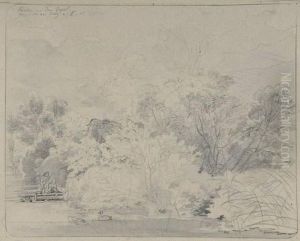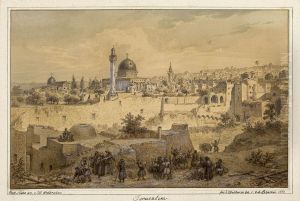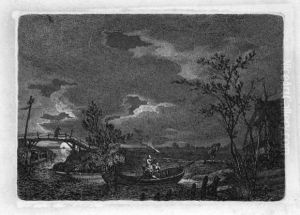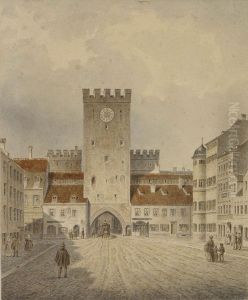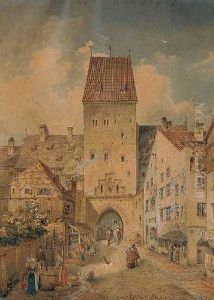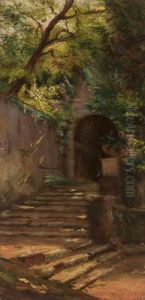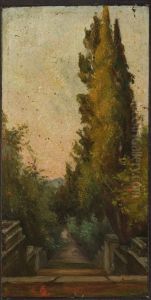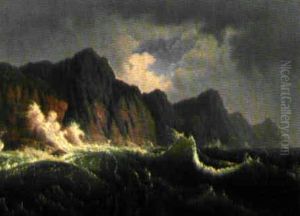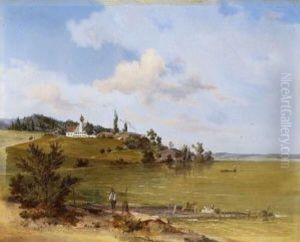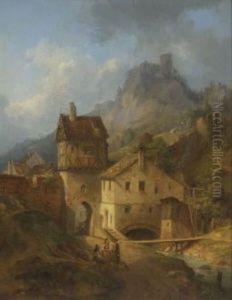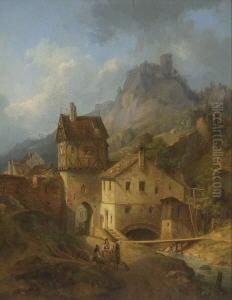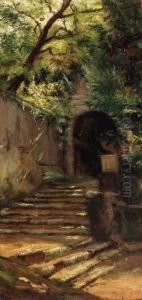Carl August Lebschee Paintings
Carl August Lebschée was a renowned Austrian painter and lithographer, born in 1800 in Vienna, Austria. His artistic journey began at a young age, deeply influenced by the rich cultural and artistic heritage of Vienna. Lebschée was particularly known for his detailed cityscapes and architectural paintings, through which he captured the essence of 19th-century European cities with remarkable precision and beauty.
Lebschée received his formal art education at the Academy of Fine Arts Vienna, where he honed his skills in drawing, painting, and lithography. His talent was recognized early in his career, leading to various commissions from prominent figures and institutions within Austria and beyond. His work not only depicted the architectural grandeur of buildings and cityscapes but also often included vibrant scenes of daily life, adding a lively and human element to his compositions.
Throughout his career, Lebschée exhibited his works in numerous exhibitions, gaining acclaim and recognition for his artistic abilities. His lithographs, in particular, were highly sought after, as they were not only exquisite works of art but also important documentary records of urban development and architectural history.
Despite his success, Lebschée remained dedicated to his craft, continuously exploring new techniques and subjects. His legacy is preserved in various museums and collections across Europe, where his works continue to be admired for their technical skill, attention to detail, and the beauty they capture.
Carl August Lebschée passed away in 1877, leaving behind a rich body of work that continues to inspire and captivate art lovers and historians alike. His contribution to the world of art, especially in the realm of cityscapes and lithography, remains significant, highlighting his role as a pivotal figure in the 19th-century European art scene.
